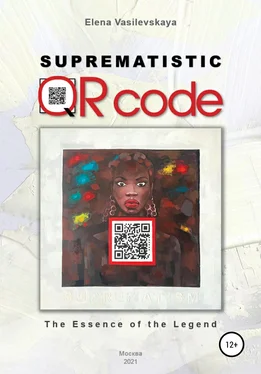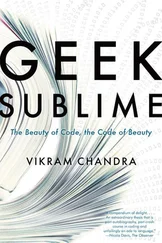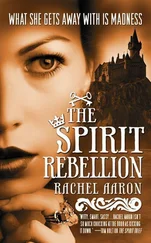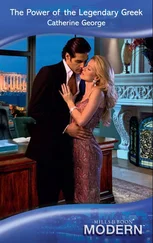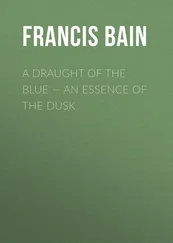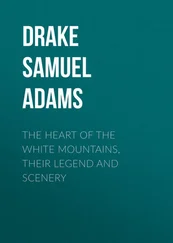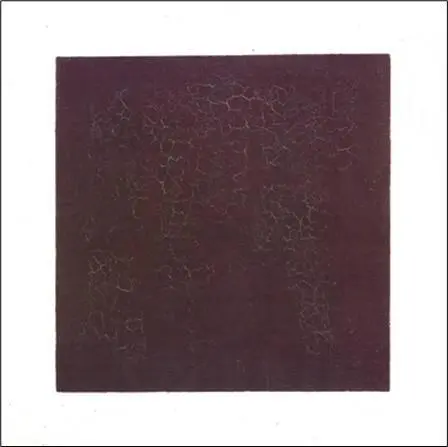
Black Suprematistic Square, 1915
Oil on linen, 79,5 х 79,5 cm
Tretyakov Gallery, Moscow 2 2 Aleksandra S. Shaktskikh, “Kazimir Malevich” [Kazimir Malevich]. Moscow, SLOVO Publ., 1996, p. 4.
Kazimir Malevich was born in a family of a sugar cook and a housewife in Kiev in 1878. Kazimir was the first child. He had four brothers (Anton, Boleslav, Bronislav, Mechislav) and four sisters (Maria, Wanda, Severina, Victoria). Malevich spent his childhood in the Ukrainian countryside. There he watched how the painted stoves and the embroidered national patterns were made. Later he recalled that this folk culture had influenced his works. When Kasimir was 15 years old his mother bought him a set of paints in Kiev. From that moment his artistic path began. In 1896 the Malevich family moved to Kursk. In 1899 Kazimir married Kazimiera Zglejc (1883–1942), the daughter of a Kursk doctor. She was a paramedic. Kazimir and Kazimiera had a son Anatoly (1901–1915) and a daughter Galina (1905–1973). Malevich worked in the Office of the Kursk-Moscow Railway as a draftsman. It should be noted that professional activity and specifically work with architectural drawings had influenced the artist’s choice of geometric shapes in painting.
Together with like-minded people Malevich organized an art circle in one of the rooms of the Administration building where they came after the government service to draw both plaster figures and people from nature. “The Exhibition of Moscow and Nonresident Artists’ Paintings” (1905, Kursk) was the first for Malevich. After some years Malevich get bored with measured provincial life. His thought to move to Moscow became obsessive.
In Kursk the first stage of K. Malevich’s creative biography began. Later the researchers classified this period as the early impressionism. The Influence of the French artists was observed in early works such as “Spring Landscape” (mid-1900s, private collection, Paris) and “Church” (circa 1905, private collection). Here Malevich made color and light effects which ranged from discrete brush strokes to neo-impressionistic pointalism with evenly covering the canvas with fine dots. Impressionism was the first step towards the term simulacrum in the postmodern philosophy of our time. Virtual reality which did not exist in reality but was created with the help of technology allowed us to comprehend possible variations of the simulation concept.
When Malevich finally arrived in Moscow in the summer of 1905, he applied for admission to the “Moscow School of Painting, Sculpture and Architecture”, but did not pass the exams. He stayed in Moscow and rented a room for a nominal fee in an art commune in Lefortovo where many artists lived. But in the spring of 1906 he returned to Kursk for the government service. A year later he again moved from Kursk to Moscow with his family and tried to enter the school for the second time. The attempt was unsuccessful.
It is worth noting that since the beginning of 20th century so-called home-grown boors (students) spated 3 3 Mariya Glushkova, ed., “ Krasny Malevich: stat’i iz gazety “Anarhiya” [Red Malevich. Articles from the “Anarchy” newspaper]. Мoscow, Common place Publ., 2016, pp. 55–56.
on traditional, itinerant, naturalistic, classical art within the walls of the school where at that time the teaching was based on V. Serov’s, K. Korovin’s wonderful painting schools. They were often expelled problematically, and this process caused many scandals. These students were Vladimir Mayakovsky, Mikhail Larionov, Robert Falk, etc. This was a layer of innovators that were the so-called left painters. The same fate might have awaited Malevich.
As Malevich’s painting were neither accepted nor appreciated by the public, he fell into psychological depression. It influenced the mood of his creations at that time. But the leadership qualities of K. Malevich strengthened the desires to create, to move further, to self-express, to oppose to everything.
Either the desire for new trends or monitoring new things in art (for example, graphic drawings of the popular and often published in magazines at that time Aubrey Beardsley) left an imprint on the artist’s work.
Studying at the I. Rerberg’s School (from the fall of 1905 to 1910) was important for Malevich’s style. Rerberg’s teaching system was distinguished as flexible, comprehensive, oriented on the interests in new trends in painting. Despite the years of study here Malevich later preferred to write about himself that he was self-taught.
Since 1907 to 1910 Malevich regularly exhibited his works (XIV–XVII exhibitions of the Association). Wassily Kandinsky, Mikhail Larionov, Vladimir and David Burliuki, Natalia Goncharova, Alexander Shevchenko, Ivan Klyunkovy, etc. were among the other exhibitors.
Acquaintance with Ivan Klyunkov who took the pseudonym Klyun (1873–1943) soon grew into close communication. They became friends with Malevich who had moved with his family to Moscow and settled in Klyun’s house. Klyun used features of the canonized images and iconographic features (Orthodox) and it influenced Malevich’s style and even fell into the plots of his paintings from different periods. Elements of fresco painting, golden ink (the icon technique), ornamentation, symmetry are reflected in the work “Sketch for Fresco Painting (Portrait of I. Klyunkov)” (1907, State Russian Museum, St. Petersburg). In particular, “The Improved Portrait of a Builder (Portrait of I. Klyunkov)” (1913, State Russian Museum, St. Petersburg) formed the basis of Malevich’s cubo-futuristic style. Pattern, rhythm, flatness are reflected in the painting “The Shroud” (1908, State Tretyakov Gallery, Moscow).
The motive of European Art Nouveau is presented in the work “Rest. Society in Top Hats” (1908, State Russian Museum, St. Petersburg).
In 1909 Malevich married for the second time. His wife was the children’s writer Sofia Rafalovich (?–1925). It was important that the new father-in-law had a country house in Nemchinovka, which became a significant place for the artist until the end of his life. He tried to spend all his free time in Nemchinovka and its surroundings.
Malevich participated in a series of exhibitions which began in December 1910 when the extravagant organizer Mikhail Larionov invited the artist to the first “Jack of Diamonds” exhibition (December 1910 – January 1911). Since then he regularly took part in the shocking exhibitions of left artists who were representatives of Russian pre-revolutionary modernism (Cezanneism, Primitivism, Сubism). “Self-portrait” (1910, State Tretyakov Gallery, Moscow), “Still Life” (1910, State Russian Museum, St. Petersburg) are the works of this period. At the same time the artist participated in the exhibition called “Union of Youth” (St. Petersburg, April – May 1911). The next exhibition was in Moscow. Its head was the same (Larionov), and its title is defiant – “Donkey’s Tail” (March – April 1912). Here Malevich exhibited over 20 works – “Argentine Polka” (1911, private collection, New York), “Bather” (1911, Stedelic Museum, Amsterdam), “Gardener” (1911, Stedelic Museum, Amsterdam), etc.
When at the end of his life Malevich was thinking about his art, he wrote: “I stayed on the side of the peasant art and began to draw in a primitive spirit. At first, in the first period, I imitated icon painting. The second period was purely “labor”: I drew the working peasants in harvest, threshing. Third period: I approached the “suburban genre” (carpenters, gardeners, summer cottages, bathers). The fourth period – “city signs” (floor polishers, maids, footmen, employees)” 4 4 Aleksandra S. Shaktskikh, “ Kazimir Malevich” [Kazimir Malevich]. Moscow, SLOVO Publ., 1996, p. 21.
. Malevich’s view on the origin of the religious icon was peculiarious. He considered it as the highest stage of “peasant art 5 5 Ibid, p. 26.
.”
Читать дальше
